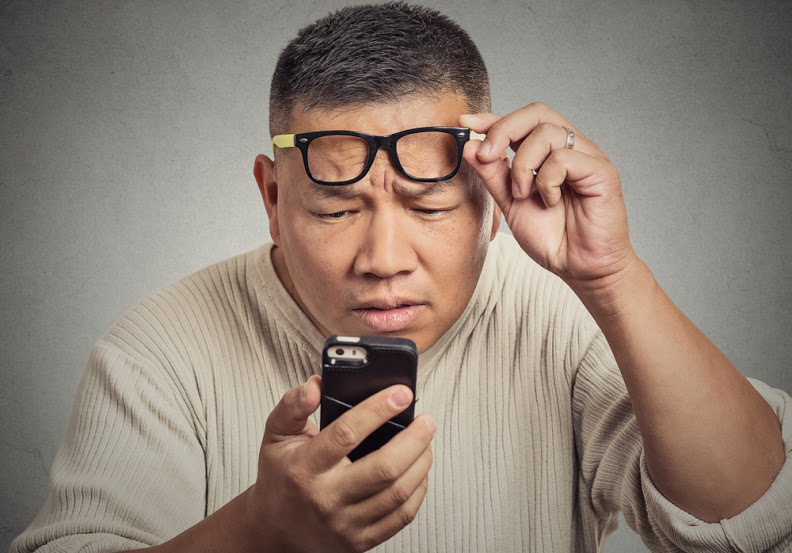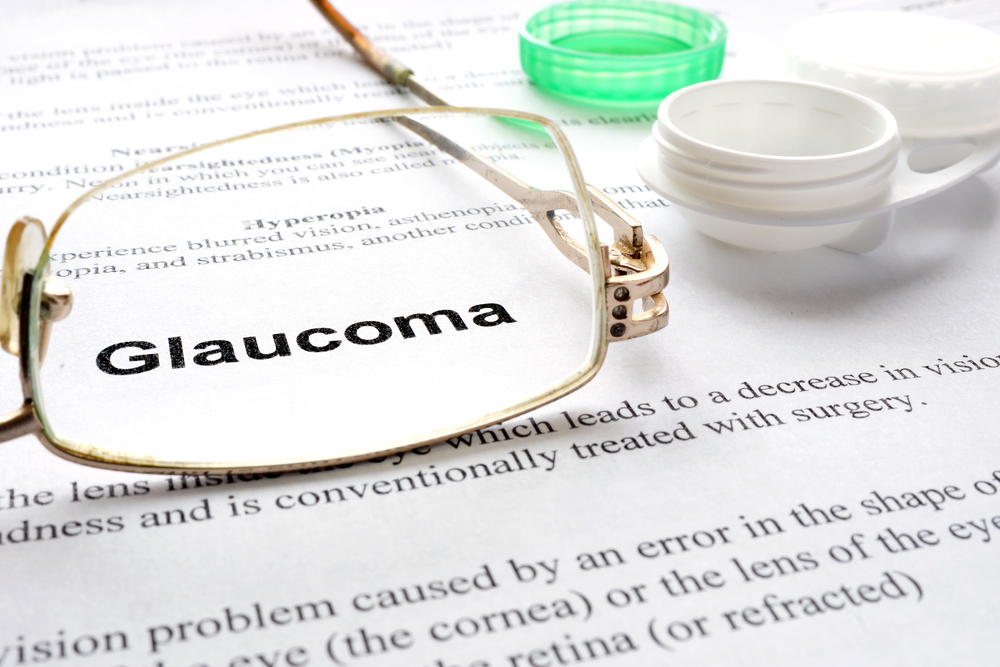Nearsightedness, medically referred to as Myopia is a common vision condition that affects millions of people around the globe. It is the opposite of farsightedness.
The condition occurs when the eyeball is longer than normal, or the cornea is too curved. The light entering the eye is thus not focused properly leading to short sightedness. Myopia is a variation from the normal visual ability, not a disease.
Effect of Myopia on vision:
People who have nearsighted vision have what is known as a refractive error. It results in images focusing in front of the retina instead of directly on the retina, leading to blurred vision.
Causes of myopia:
The exact cause of myopia is not yet known, but there are two factors that are considered to be primarily responsible for nearsightedness:
• Heredity
• Visual strain
In some cases, nearsighted vision can also be due to a combination of the two factors.
Studies have shown that if one or both parents are nearsighted, there are chances of their children developing the condition too.
People who spend long hours in front of the computer, reading, or doing any other intense visual work are likely to develop myopia. Nearsightedness can also be due to health problems and environmental factors.
Some people may face the problem of blurred distance vision only at night. It is called night myopia and is due to decreased light that makes it difficult for the eyes to focus properly. It can also be due to enlargement of pupil size due to less light.
People who are engaged in intense vision work may experience false myopia. Their condition is due to excessive usage of the focusing mechanism of the eyes. After extensive periods of work, the eyes may experience nearsighted vision. It is a temporary condition and clear vision resumes after the eyes rest for some time. Myopia can also be due to fluctuating blood sugar levels in individuals with diabetes. It can be a sign of a developing cataract too.
Also Read: Easy remedies to get rid of puffy eyes
Symptoms of Myopia
If you are myopic, you will have difficulty in seeing distant objects clearly, but will be able to see well close-up tasks such as computer and reading. Some other signs of the condition include eye strain, squinting and persistent headaches. It can cause poor work, school or athletic performance.
Some may also experience fatigue when playing sports or driving. Children complain about not being able to see the board at class. The visual defect begins in childhood and stabilizes at the age of 20. The focusing ability can begin to decrease in childhood and continue to slide through the teenage period and finally plateau in early adulthood. After that, very few people feel the need to change their prescriptions. However, in some cases it continues to progress with age.
There is no pattern for myopia till now. Children whose both parents are myopic are at a very high risk of developing myopia, but some may never develop it. Some children may develop it even though neither of their parents may have it.
If you or your child is experiencing these symptoms, consult an ophthalmologist or optometrist right away. While visiting your doctor, enquire about the best treatment options for your particular condition. Know about the complications of each and take the best step.
Treatment of Myopia:
Myopia can be easily diagnosed with standard eye examinations given by the doctor. It can be severe, moderate or mild. The condition is very treatable and can be corrected with refractive surgery, glasses, or contact lenses. Refractive surgery can significantly reduce or even eliminate your need for glasses or lenses.
Through a simple test, your doctor will assess your vision. You may be asked to read from a board or chart comprising some rows of letters that decrease in size progressively.
Treating myopia early is important. It starts at the age of 6 and 12 years. Children may require new glasses every few months. Myopia, like other refractive errors, is noted in units known as diopters. A prescription for the condition usually has a minus sign accompanied by a number that show the degree of myopia.
Also Read: Age-Related Macular Degeneration: Why your central vision is blurred?
Conclusion:
People with high myopia have a high risk of developing other vision conditions including glaucoma, detached retina, and cataracts. Therefore, it is important to go for regular eye checkups and find the causes of myopia along with enquiring about the symptoms immediately with your doctor.




